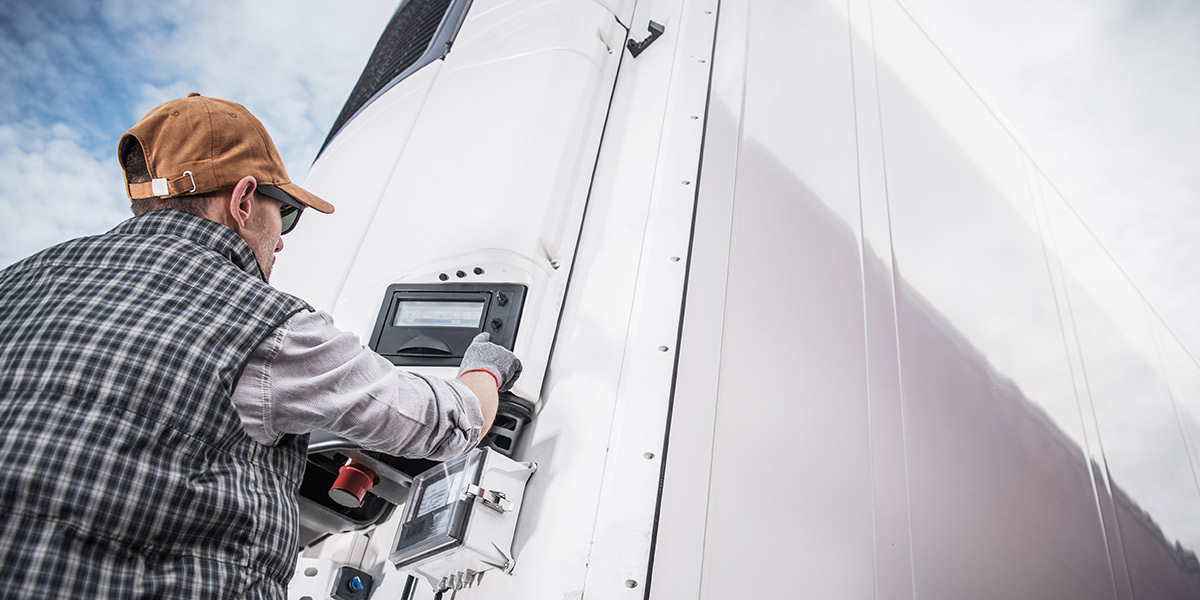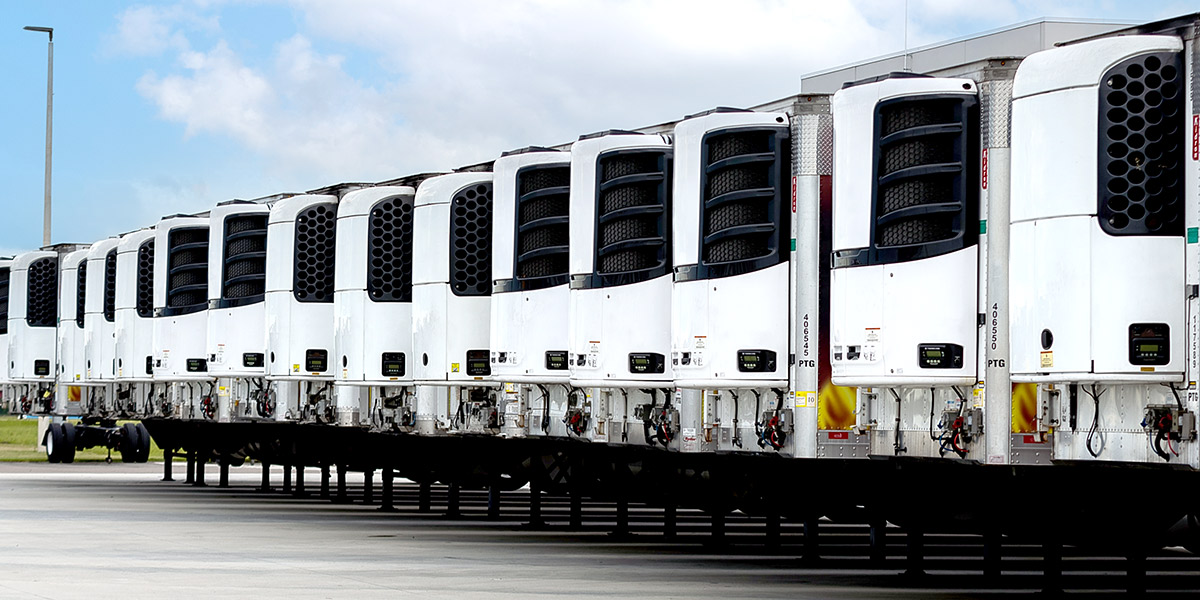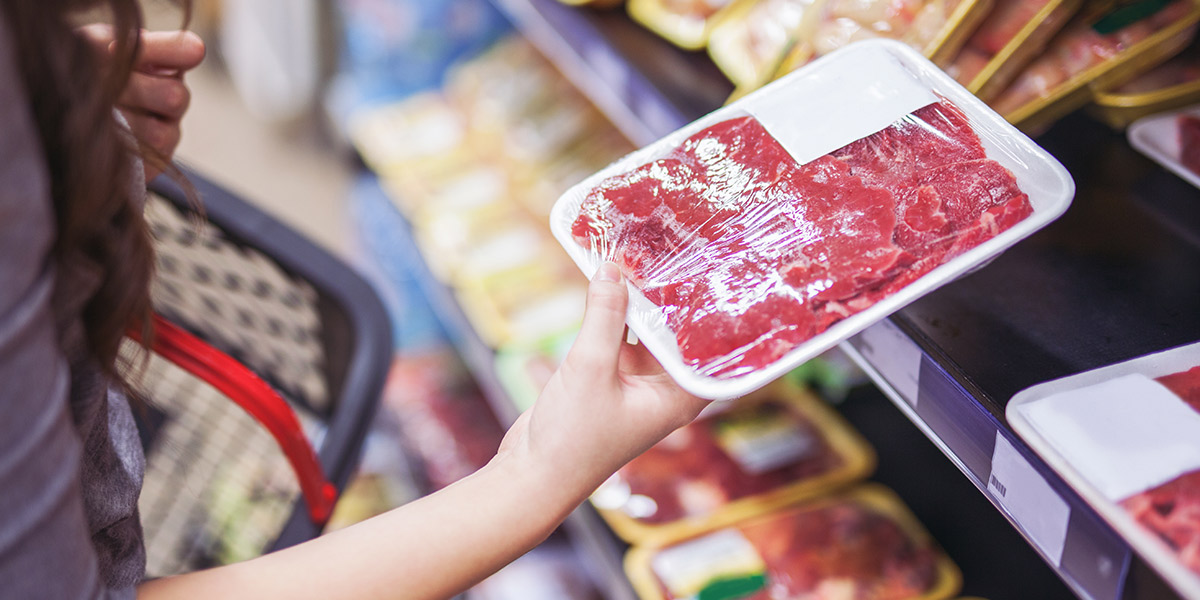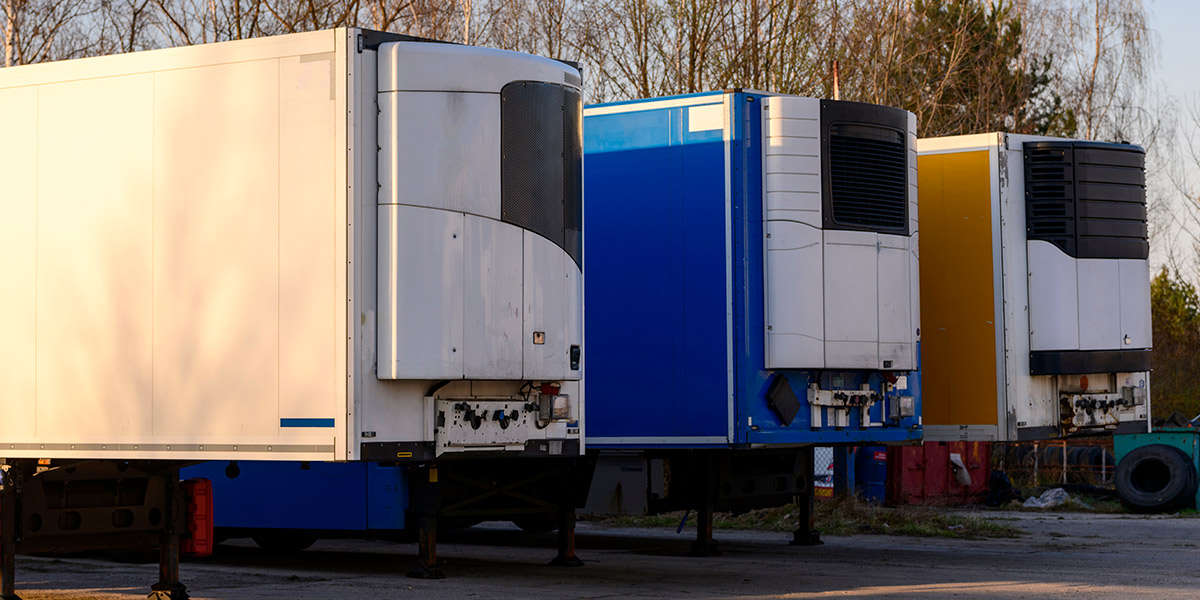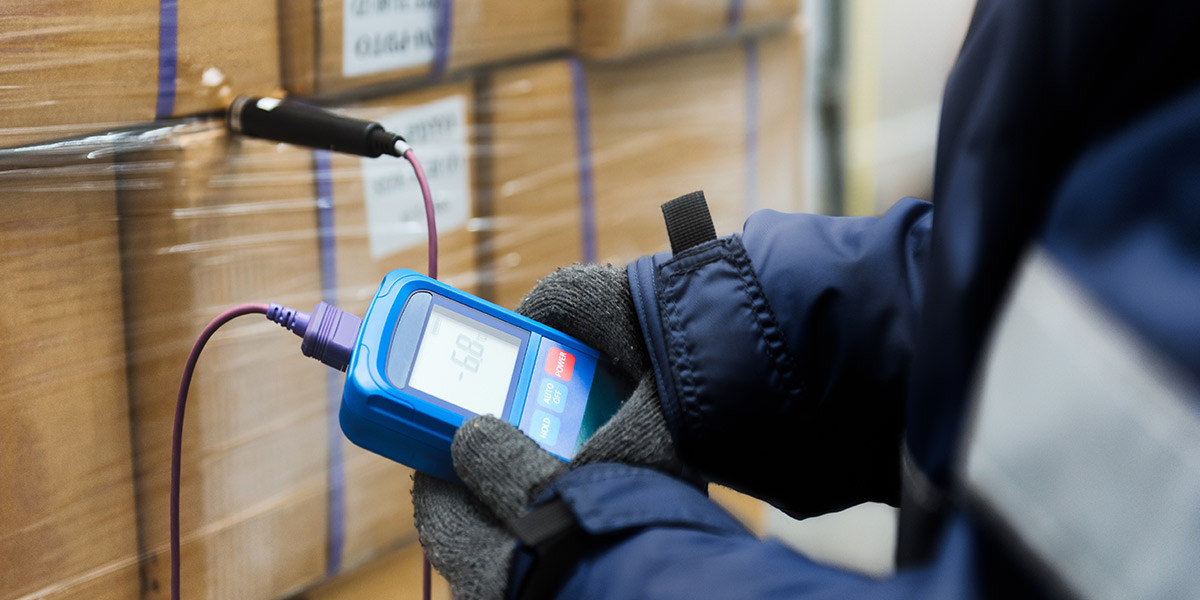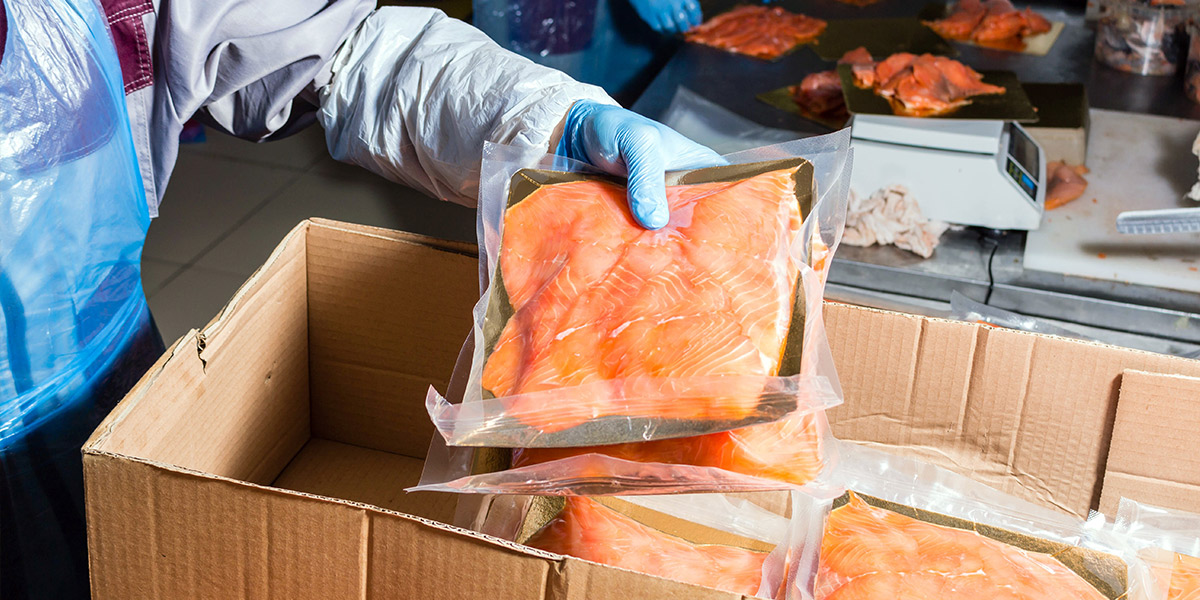If you don’t go all in on temperature monitoring, you probably aren’t mitigating risk as effectively as you think.
When it comes to food safety, it’s impossible to be too cautious. That’s a fact that guides the day-to-day operations of the food transport industry – or at least it should.
However, the commitment to keep food safe across the cold chain often runs up against another reality – transporters have finite resources to devote to ensuring food safety and remaining compliant. This leads to hard choices and trade-offs, and a hope that whatever measures are put in place will be sufficient to protect the food you deliver to customers while mitigating any risk and liability that could fall to your company.
Some companies will invest in the latest reefers and other equipment in hopes that this investment will maximize the likelihood that they are protected. Others also rely on the training they provide to drivers and count on them to do what they have been instructed to do every day. Temperature monitoring technology is often part of the mix, as well, even if requires drivers to monitor and log temperature readings throughout their routes.
There Can Still Be Holes in Your Food Safety Efforts
Unfortunately, many of the common approaches to temperature monitoring have shortcomings or limitations that leave holes in your food safety efforts. Equipment – even new equipment – can malfunction. Drivers may, through no fault of their own, make decisions or engage in behavior that puts the food they are transporting at risk.
And temperature tracking may only happen during the time when you are transporting the food. For instance, when a trailer is dropped off at a terminal to await pick up by another driver or carrier, you may not be adequately monitoring the temperature to ensure it remains at a safe temperature. In these situations, you’ll also have to rely on the good intentions and judgment of people who may not even be on your payroll.
So, What’s the Best Approach?
It’s true that, regardless of what you do, you can’t create a situation in which you have unlimited resources. But the more you can do, the better.
That means smartly combining efforts as much as possible – ensuring your equipment is well-maintained and working properly, training your drivers to keep food at a safe temperature and regularly communicate and reinforce the right behavior, and taking a more holistic and more automated approach to temperature monitoring.
Advances in temperature monitoring make it easier than ever to monitor food temperature across the entire cold chain. Inexpensive, easy-to-install monitors can be affixed to refrigerated trucks, shipping containers, cool-rooms, and domestic or export consignments and connected to a telematics platform to continually monitor food and ambient temperatures.
With this connectivity, you can identify potential trouble spots or issues, be alerted when temperatures enter a danger zone, and ensure your drivers and others do their part to keep food safe.
Technology Is a Necessity
While a combination of efforts is the best approach, the current state and capabilities of the technology mean that if you aren’t employing electronic temperature monitoring across the entire cold chain, you probably aren’t doing enough to stay compliant, mitigate risk, and minimize your potential liability.



